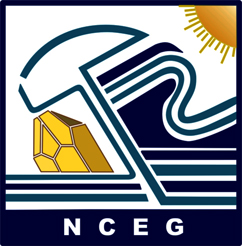Envg.806 Dryland Issues: Preparedness and Mitigation (3 C.H)
Course Objectives
This course is designed to enable the students to understand the degradation of dryland and the conservation practices to solve the dryland issue.
Course Contents
- Dryland regions, dryland ecosystem indicators and interaction: ecohydrology, climate, drought conditions, meteorological, hydrological, agricultural, soils properties, vegetation
- Dryland ecosystem response due to shifts in climate, hydrologic conditions and anthropogenic stresses; assessment of ecosystem bistability: spatial discontinuity and abrupt transition
- Pathways and processes of dryland degradation, tools used to identify vulnerable sites in dryland, preparedness: dryland conservation through community involvements, awareness raising programs using mass media, reducing exposure and vulnerability to drought through demand-side adaptation/mitigation approach (demand-side approaches), public-institutional involvements
- Mitigation: design and application of soil and water conservation structure such as the development of water storage and conveyance infrastructure, use of aquifers as storage, development of surface water systems and wastewater recycling.
Recommended Books:
- David, A.B., 2011. A Guide for Desert and Dryland Restoration. Island Press, UK.
- John, A.D., David, J.M. and Paul, A.S., 2013. Economics of Dry Land Management. Earthscan, London, UK.
- Schwabe, K., Albiac, J., Connor, J., Hassan, R. and Meza-Gonzalez, L., 2012. Drought in Semi-Arid and Arid Environments: A Multi-Disciplinary and Cross-Country Perspective. Springer Publishing, Netherlands.
- Shahid, A., Zahid, H., Asaf, S.Q., Rashida, M. and Mohammad, S., 2004. Drought Mitigation in Pakistan: Current status and options for future strategies. International Water Management Institute Working

